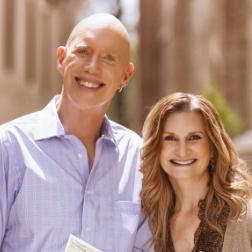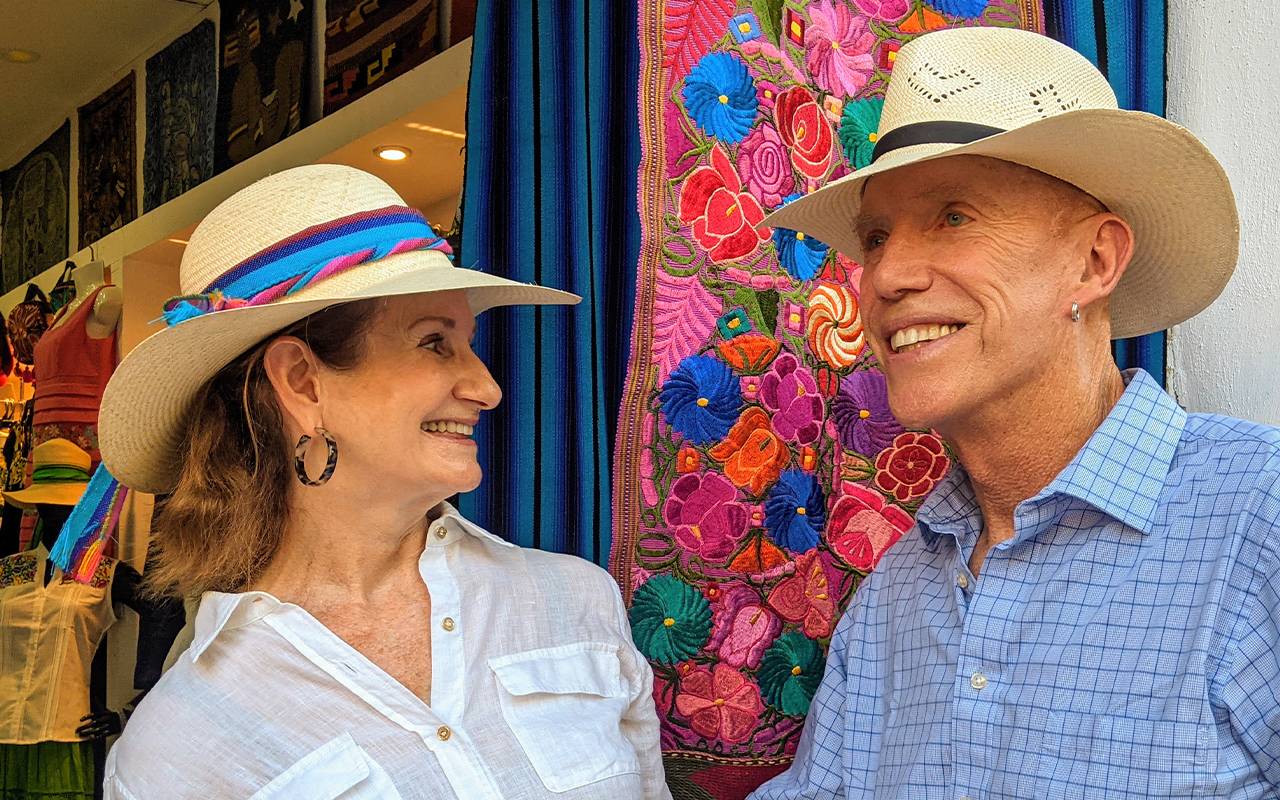Take the road slowly traveled
Immersing yourself in a different culture can be more satisfying than staying in a barren resort or running from town to town.
For most of us, travel falls into two categories: vacations and travel.
Vacations are when everyday life stresses you out to the max, so you arrive at your destination to relax and do as little as possible while you’re there.
Travel is when you think you’re maybe only once in a lifetime somewhere special, so you rush to try and cram in so many activities, excursions and sessions pictures as possible.
Each approach comes with its own problems. Vacationers often spend the first days of their vacation relaxing and the last days thinking about the issues awaiting their return. People who take complete, no-miss trips can be so exhausted on the last day that they feel like they need a vacation.
What is slow travel?
The good news is that there is a new form of travel popular among the over-50s that strikes a happy medium between these two extremes. This is called slow travel.
Slow travel emphasizes staying in one place long enough to connect with the local people, culture, food, and music.
Inspired by the slow food movement that began in Italy in the 1980s as a reaction to the proliferation of fast food restaurants, slow travel began, well, slowly. It has accelerated considerably since the COVID pandemic disrupted travel and Ecole hôtelière de Lausanne, the world’s leading hotel school, expects it to grow. 10% per year.
Slow travel emphasizes staying in one place long enough to personally connect with local people, culture, food, and even music. While purists advocate avoiding tourist spots in favor of places more off the beaten path, there are no hard and fast rules. You decide where, how and for how long to apply these basic principles:
- Travel independently. With large organized tours, participants travel together, stay together and eat together. The historical context and architectural highlights are selected by one person, the tour guide. While slow travel may involve small-group visits to specific geographic areas, the goal is to allow travelers to independently participate in a rich and meaningful experience.
Forget bouncing around from attraction to attraction taking pictures all day in a “greatest hits” frenzy.
- Stay, eat and buy local. Ditch the international chains and book your stay at a local hotel, B&B or Airbnb. Tap into the knowledge of guides and drivers deeply rooted in the community. Taste regional specialties in a restaurant where you are the only stranger preview. Benefit from the know-how of the indigenous weaver who made the embroidered poncho you have just purchased.
Insider tip: Explore the possibility of home care for a local family. In exchange for keeping an eye on their home and possibly taking care of a pet, you’ll get free housing and maybe even the use of a vehicle.
- Don’t over-program. Forget bouncing around from attraction to attraction taking pictures all day in a “greatest hits” frenzy. With slow travel, you deliberately leave gaps in your itinerary to be spontaneous, perhaps planning an activity and leaving the rest of the day to explore freely. Or resist the urge to “stay on schedule” by leaving an entire day open.
Why Consider Slow Travel
- Cheaper trips. It may seem counter-intuitive that an extended stay in one place could save you money. Often the biggest travel costs are the journeys to and from your destination. The more stops you make, the more money you spend.
In addition to minimizing transport costs, stays of several weeks often come with substantial discounts. Airbnb has a dedicated website for bookings over 27 days with savings of 30% or more off the daily rate.
Insider tip: Feel free to ask the host for an even better rate, especially if the listing calendar is empty. A “no” does not cost you anything.
- Relaxed pace. What Slow Travel Definitely Is not is a “fast move” for a longer period. Especially for older travelers, it is important to plan adequate rest and relaxation between activities to avoid burnout.
How to be a slow traveler
As full time travelers for several years, we practice slow travel without knowing that it was a “trick”. The benefits were evident on a recent European visit when we spent two weeks each in Lisbon, Madrid, Bordeaux and Paris.
Consider planning your slow travels during “shoulder season,” the period between peak and off-peak months.
A more leisurely pace in these popular cities with tons of attractions allowed us to take in all the sights, wander randomly through interesting neighborhoods, and do nothing guilt-free on days when we needed to rest. Sometimes we organized our own outings, but when it made more sense, we didn’t hesitate to book a guided excursion. We are not purists!
If traveling slowly sounds intriguing, here are some ideas to get you started:
- Set a leisurely pace. Looking to visit a bucket list destination? Decide what you want to see and do, then figure out the shortest duration of your trip if you were in nonstop attack mode. Then either increase the duration of your trip (if possible, double it) or reduce your route.
- Choose dates wisely. Consider planning your slow travels during “shoulder season,” the period between peak and off-peak months. In most parts of the world, it’s spring and fall. The crowds are gone, the weather is great and the prices are lower. More of this, please!
- Choose places that are affordable. Your vacation days or your budget are limited? Narrow down your list of potential destinations to places where you can enjoy an immersive experience without a major investment of time or money. We spent a month in Lancaster, Pennsylvania, a popular retreatlast fall and had fun touring the Amish countryside and nearby historic sites.
A different approach
Twenty years ago 1,000 places to see before you die seemed like a great idea. However, many of us have concluded that collecting passport stamps is too exhausting a hobby to continue.
Slow Travel focuses more on personalized travel design. It’s really a metaphor for a different approach to life: Take your time. To be present. Connect to your environment. Practice environmental awareness. Create meaningful moments.
If you’re ready to make your future travel adventures more memorable, relaxed and enjoyable, join us on the slow road.



Comments are closed.